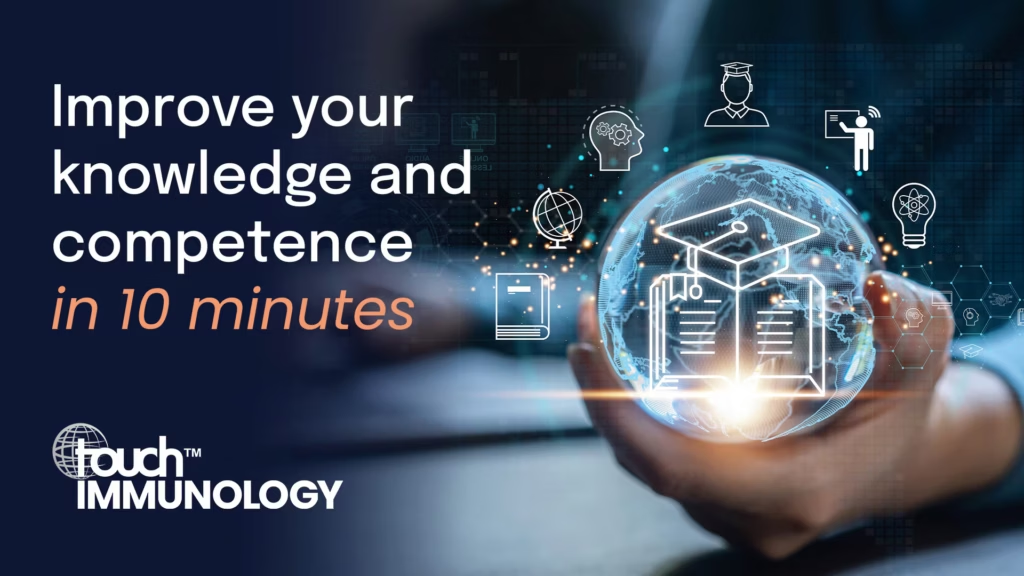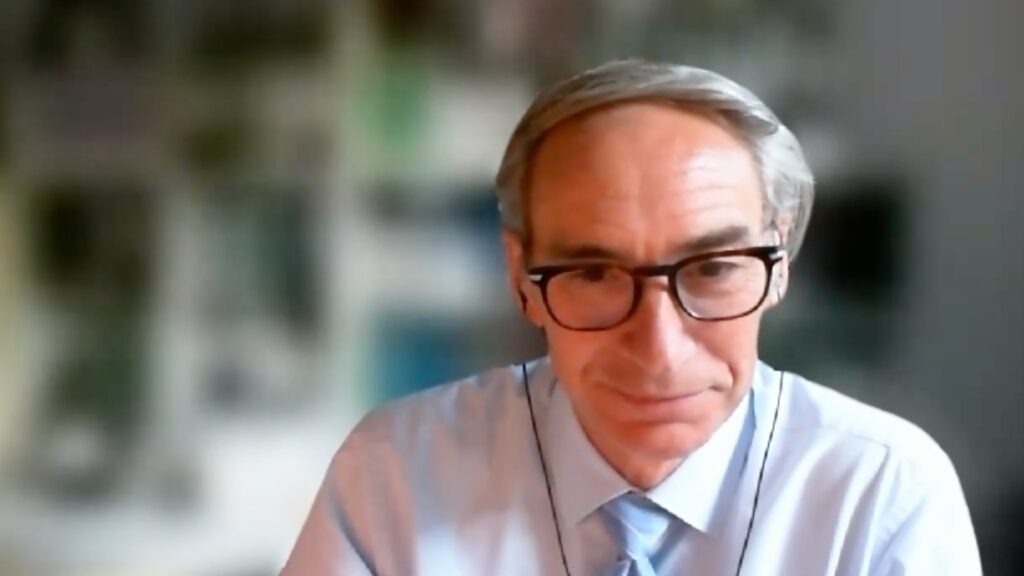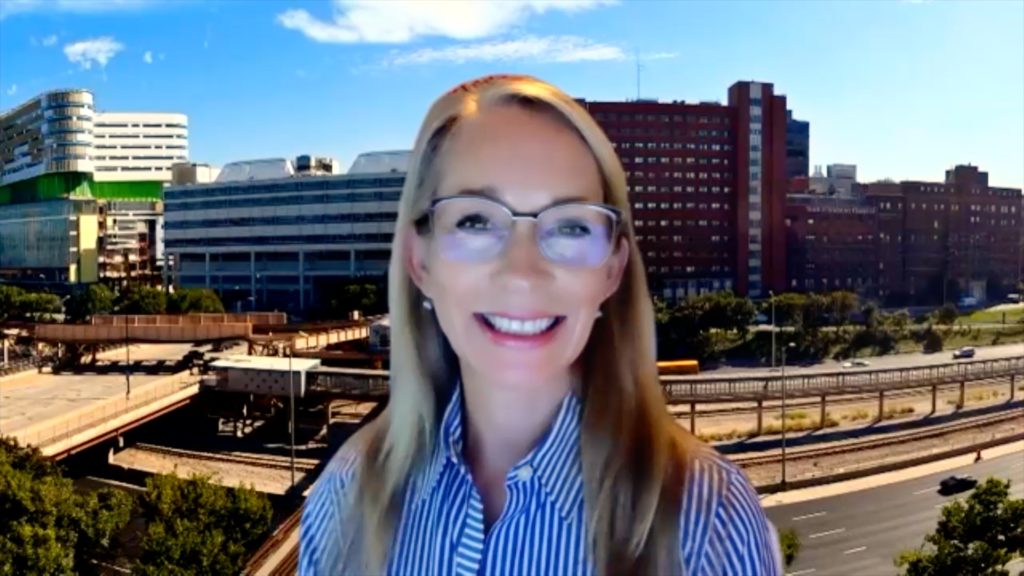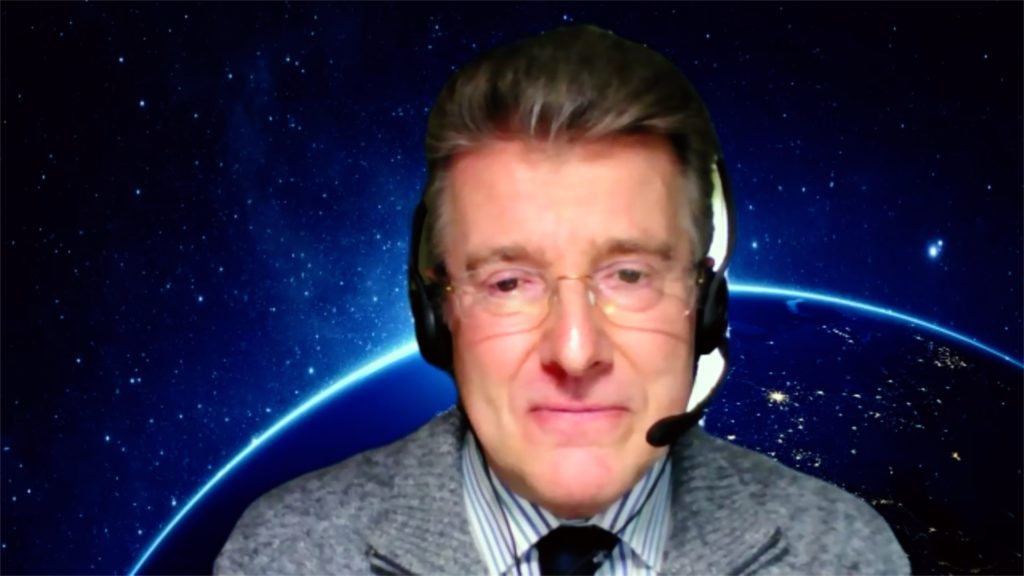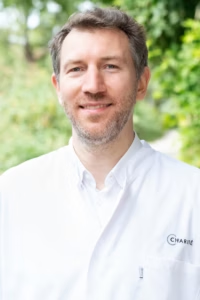 Dr Moritz Peiseler, Specialist in Internal Medicine and Group Leader at Charité University Medicine, is a leading voice in the field of liver immunology. As a BIH Clinician Scientist Alumnus, he bridges clinical care and cutting-edge research, focusing on the interplay between liver fibrosis and immune function. With a dual perspective as both physician and scientist, Dr Peiseler brings dynamic insights into how emerging technologies like intravital microscopy and AI are transforming our understanding of liver immunity.
Dr Moritz Peiseler, Specialist in Internal Medicine and Group Leader at Charité University Medicine, is a leading voice in the field of liver immunology. As a BIH Clinician Scientist Alumnus, he bridges clinical care and cutting-edge research, focusing on the interplay between liver fibrosis and immune function. With a dual perspective as both physician and scientist, Dr Peiseler brings dynamic insights into how emerging technologies like intravital microscopy and AI are transforming our understanding of liver immunity.
In this Future Leaders interview, Dr Peiseler discusses how his research is revealing the adaptive nature of liver immune cells in fibrotic environments, the power of imaging to study immune function in vivo, and the promise of AI and spatial omics in liver immunology. He also reflects on the challenges of balancing clinical and scientific roles, and offers guidance to aspiring clinician-scientists navigating the complex yet rewarding path of academic medicine.
Q. How has your research on liver fibrosis changed our understanding of liver immune function?
When studying immunity, the environment really matters! I am keenly interested in tissue-resident macrophages, and it is fascinating to see that the same progenitor cells seed different organs (i.e. the brain vs. lungs) during development and that organ-specific signals beget a unique and very different macrophage phenotype (microglia vs. alveolar macrophage). After realizing how critical the niche environment is for most immune cells in tissues, I knew that fibrosis, which of course dramatically changes the parenchyma of an organ, must have profound effects on immune function. In my paper on fibrosis and liver macrophages, we were able to track these changes and the most surprising part was that immune cells could adapt to changes in the niche, to maintain a certain level of the most critical immune functions for the host.1
Q. How have tools like intravital microscopy advanced your research, and what challenges do they present?
Going back to the importance of the niche environment, intravital microscopy truly allows us to study cells in their niche. We are of the strong belief that taking immune cells out of an organ to study them introduces a lot of unphysiological effects and thus, makes conclusions difficult. With intravital imaging we can understand cells and their dynamic function in their natural environment. This has really enabled us to study liver immunity in the disease context. The challenges are of course how do we translate this to humans? It would be fascinating to develop tools that would allow us to use imaging in human context. I have a few ideas but this is still a long road ahead…
Q. Which developments in liver immunology excite you most, and what role will emerging technologies play?
I am fascinated by the possibility that data analysis and AI provide for the field of immunology and intravital imaging. With the most recent microscopes we can image 10-12 colours in vivo, which is unprecedented! This will enable us not to just visualize one immune cell of interest but basically the entire spectrum of the immune response during a liver insult or an infection. Using the capabilities of AI and high-performance computing we will gain insights into the interplay of immune cells that we do not appreciate to date. Along those lines, newer developments of multiplex immunofluorescence, spatial transcriptomics and single-cell technologies will allow us to generate comprehensive datasets that include a temporal and spatial context. Lastly, we are getting more tools to study the human immune system such as humanized mice or multicellular organoids. Implementing all these novel tools into my research is truly fascinating!
Q. How do you balance your clinical responsibilities with your research?
I believe there is a lot of value in having a unique, dual-perspective as a clinician and as a scientist in immunology. I draw inspiration from dealing with clinical problems in the hospital to inspire my research and vice versa; I benefit from my scientific understanding when dealing with complex clinical issues. Therefore, I believe the clinician-scientist is still extremely valuable in advancing patient care and conducting meaningful research.
I was fortunate to benefit from structured programs that allowed me to carry out research and clinical work with protected research time. Both during my time in Hamburg at the University Hospital Hamburg-Eppendorf and now at the Charité in Berlin, through the BIH I was funded in Clinician Scientist Programs that gave me 50% protected research time. But, of course, having two jobs means extra work at night and during weekends even with structured support. Going forward, my goal is to find a position that will still allow me to combine clinical and scientific work in a roughly 50/50 split. Unfortunately, institutions in Germany offer only few true clinician-scientist professor positions, but I am optimistic that the value of the clinician-scientist will be appreciated and supported in our academic system.
Q. What guidance would you give to young clinician-scientists interested in a career in immunology?
My first advice would be to establish if you want to be a clinician, a scientist, or both. This requires experience in both disciplines. If the path is to combine clinician and scientific work, I would seek out an environment where people are passionate about what they do. Being a scientist is a privilege and finding a group of dedicated scientists that have passion is contagious. I would also encourage the next generation to have a broad interest and look beyond the scope of their chosen discipline. Immunity is important for every organ and every disease. As a hepatologist, I can learn a lot from neurologists or cardio-immunologists. Understanding inter-organ commonalities and differences can be a huge edge. I would also advise scientists to be collaborative because science is a team sport!
References
- Peiseler M, Araujo David B, Zindel J, et al. Kupffer cell–like syncytia replenish resident macrophage function in the fibrotic liver. Science. 2023:381;eabq5202. Doi:10.1126/science.abq5202
Further content in liver disorders.
Editor: Victoria Smith, Senior Content Editor.
Disclosures: This short article was prepared by touchIMMUNOLOGY in collaboration with Moritz Peiseler. touchIMMUNOLOGY utilize AI as an editorial tool (ChatGPT (GPT-4o) [Large language model]. https://chat.openai.com/chat.) The content was developed and edited by human editors. No fees or funding were associated with its publication.
Cite: Moritz Peiseler. Unlocking the Immune Landscape of the Liver Through Innovation and Imaging: a Q&A with Future Leader, Moritz Peiseler. touchIMMUNOLOGY. 17 July 2025.
SIGN UP to TouchIMMUNOLOGY!
Join our global community today for access to thousands of peer-reviewed articles, expert insights, and learn-on-the-go education across 150+ specialties, plus concise email updates and newsletters so you never miss out.

